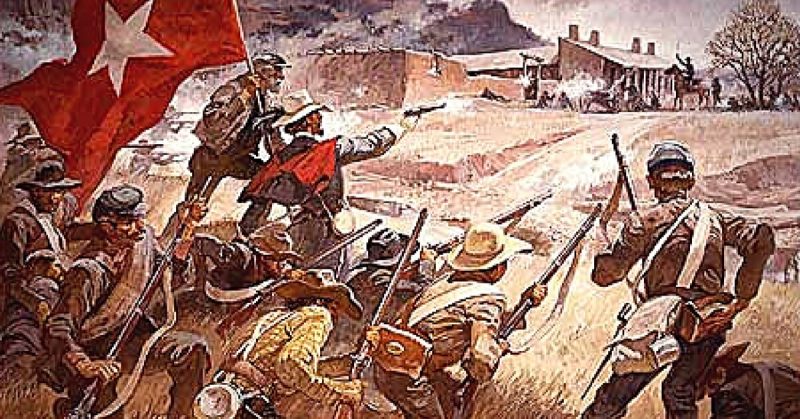During the American Civil War, the conflict was not confined to just the federally recognized states of the time. The war moved west. To territories (such as New Mexico) that were desirable for both the Union and the Confederacy, whether for wealth, trade, land or port positions.
New Mexico Territory
The New Mexico Campaign was an endeavor by the Confederacy to invade what was then known as New Mexico Territory. The plan was to gain control of the southwestern part of the continent. This would allow the South access to the valuable gold fields in Colorado, as well as the shipping opportunities that were available via California.
It was incredibly ambitious and not at all expected. It opened up an additional theater in the American Civil War.
During this time, the residents of New Mexico Territory continuously complained that the territorial government in Santa Fe was not able to address their needs. This was due to the significant distance between Santa Fe and the southern part of the state.
The Union army moved away from parts of New Mexico Territory when the Civil War began. The residents felt even more abandoned by the United States.
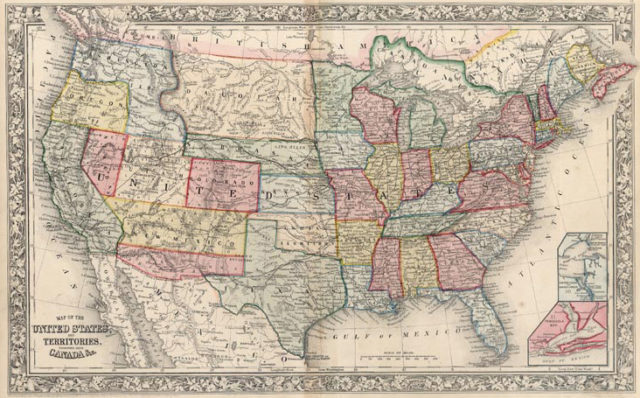
Hoping to find something better, they decided to secede from the Union and join the new Confederacy. They formed their own militia and Confederate troops, already stationed in Texas, joined them. They helped the militia ward off Union troops in several instances. There they established the Confederate Territory of Arizona.
Sibley’s Plan
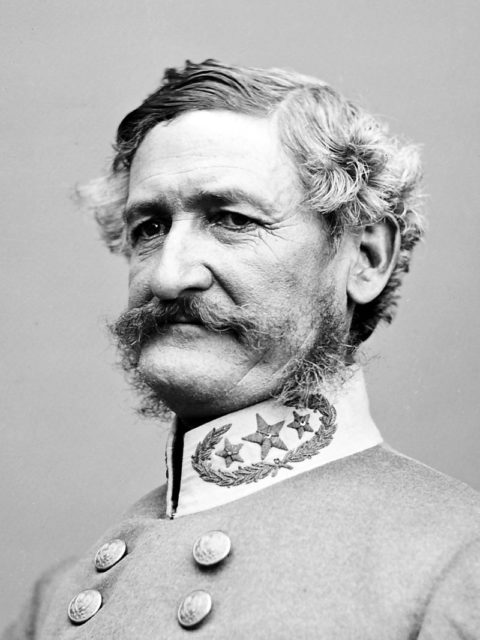
Following this, Brigadier General Henry Hopkins Sibley presented a plan to Confederate President Jefferson Davis. He asked for permission to invade Union territory in the Rocky Mountains. This would enable the Confederacy to claim those much-valued gold fields in the Colorado Territory. It would also allow them to claim Fort Laramie, which was an extremely important stop along the Oregon Trail.
Sibley planned to take his efforts even further westward and try to take over both Nevada and California. Then, he thought, he would take his expansion south, into Mexico.There Sibley would either take the northern part of the country by force or buy it.
He would need few supplies for his journey. Sibley assured the Confederacy he could get everything needed by capturing Union supplies, or by finding what was needed as he went. With permission granted, Sibley was on his way.
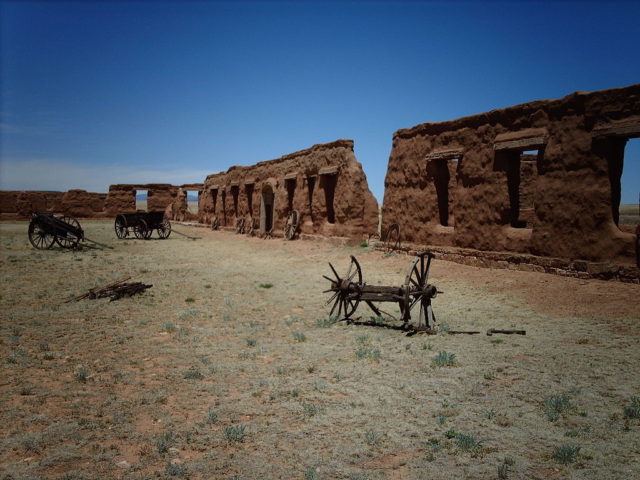
December 20, 1861, Sibley pronounced New Mexico the property of the Confederacy. He let it be known to all the citizens they could join either the Confederacy or they could suffer the same fate as the Union soldiers they supported.
A few months later, he began moving north, intending to take Santa Fe and Fort Union.
However, Sibley soon learned his few supplies played an enormous role in his defeat. Unable to find what was needed throughout the territory and unable to take supplies from Union forces he could not stage the attacks so desired.
The March To Santa Fe
Sibley and his Confederate forces, although meeting with some Union skirmishes along the way, made it to Albuquerque in March and then to Santa Fe a few days later.
However, they were moving so slowly they were not able to take the Union by surprise or capture their needed supplies. This slow movement also allowed the Union forces to receive backup from Colorado. The Union, with new manpower and seeing the weak Confederate forces, chose to strike. The two sides met at the Battle of Glorieta Pass.
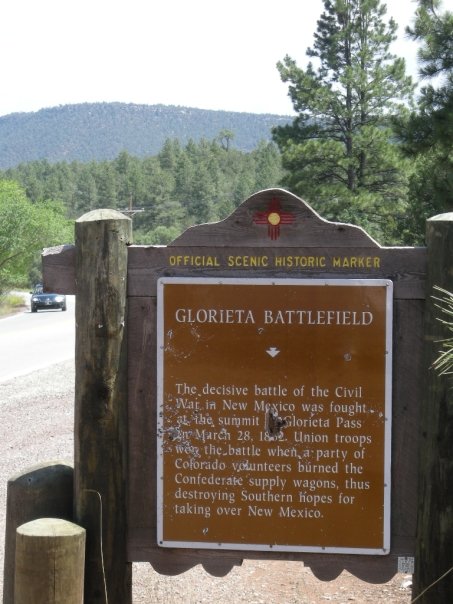
The Confederates were able to win something of a small victory. Ultimately, however, they were overcome by their lack of resources. The Union destroyed their incoming wagon train which was carrying their supplies and ammunition.
Sibley and his men had to retreat to Albuquerque to await a new load of much-needed supplies. The Union followed, meeting them in battle once again, on April 1. A sandstorm occurred, causing a diversion and allowing the Confederacy to flee, heading back to Melilla and then San Antonio.
During the retreat, hundreds of Confederate soldiers were left behind.
The Aftermath of a Failed Endeavor
After this event, the New Mexico volunteers who had helped the Union were formed into the 1st New Mexico Calvary. They spent the remainder of the Civil War fighting territorial Native Americans.
The Confederates, though figuratively sent home with their tail between their legs, still boasted that Arizona was part of the Confederacy. They continued to make plans for additional military action and invasions of the west.
However, none of these were really feasible. The failure of the plan had proved the Confederacy’s New Mexico campaign was a short-lived dream. Sibley, however, continued to serve in Texas and Louisiana through the rest of the Civil War. He was demoted and ended up directing the supply trains and little else.
Had the Confederacy won their battles and taken the west for themselves, the American Civil War could have ended very differently.
The Union would have been significantly cut off from its sources of wealth. This would have caused it to lose the silver and gold needed for the war effort.
In addition, the taking of California and the Pacific Coast would have meant lost ports for the Union navy. It would have been very difficult for them to spread their thin resources over such an expanse of coastline.
The Confederacy takeover could have meant the end of Union intervention in Native American dealings throughout the Great Plains and the Rocky Mountains.
